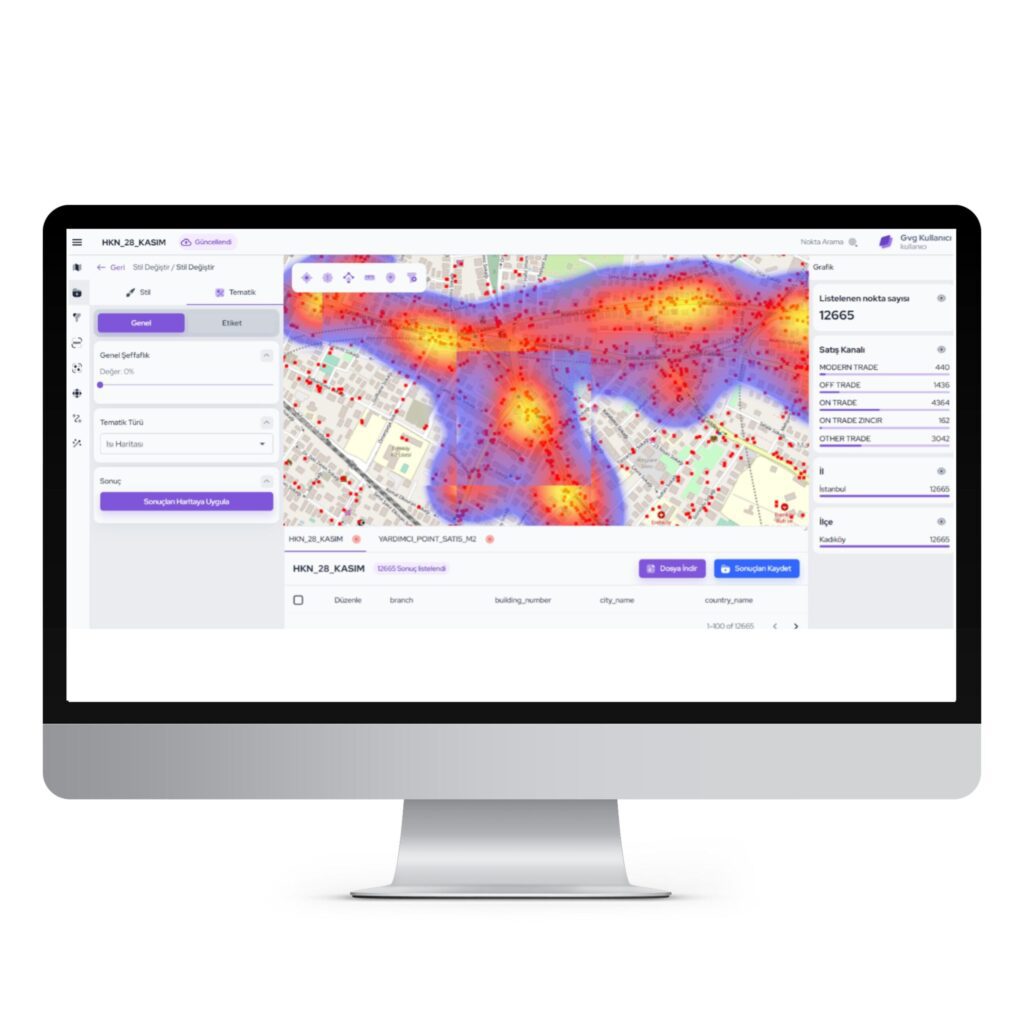In the world of Fast-Moving Consumer Goods (FMCG), outlet classification is a game-changer. It helps companies optimize distribution, design targeted promotions, and allocate their sales force effectively. However, sorting outlets can be tricky due to the sheer number of stores and the ever-changing market. Let’s break down the outlet classification problem in FMCG and see how tackling it efficiently can make a big difference.
Challenges in Outlet Classification:
-
Data Availability:
To classify a large number of outlets accurately, extensive data on factors like store size, location, sales history, and customer demographics is needed. Gathering and maintaining this data can be a heavy lift.
-
Classification Criteria:
Deciding which criteria matter most for classification is crucial. Typically, factors like sales volume, store type (supermarket, convenience store, etc.), and location are considered. But the relevance of each factor may differ based on the company and its products.
-
Subjectivity and Inconsistency:
Classifications can be subjective. Different teams might classify outlets differently, leading to inconsistencies.
Benefits of Effective Outlet Classification:
-
Targeted Distribution:
Knowing outlet profiles helps companies prioritize deliveries to high-volume stores, making their distribution network more efficient.
-
Optimized Sales Force Allocation:
Sales reps can focus their efforts on stores with higher sales potential, maximizing their impact.
-
Tailored Promotions:
Promotions and discounts can be customized for different outlet types, leading to better customer engagement and higher ROI.
-
Improved Sales Forecasting:
Outlet classification helps predict sales trends using historical data from specific outlet categories.
Common Classification Approaches:
-
The 10-20-30-40 Rule:
This method allocates outlets into classes (A, B, C) based on their sales contribution. The top 10% of stores (A) contribute roughly 40% of sales, the next 20% (B) contribute 30%, and the final 70% (C) make up the last 30%.
-
Data-Driven Classification:
Companies with access to extensive data can use advanced analytics to create custom classification models. These models consider factors like location, store size, product performance, and customer demographics.
By effectively addressing the outlet classification problem, FMCG companies can gain a significant competitive edge. At GeoVision Group, we understand these challenges and provide innovative, data-driven solutions that help FMCG companies classify outlets efficiently. Our approach drives better sales performance and market reach.
Want to learn more? Follow GeoVision Group for insights on transforming your business operations.




